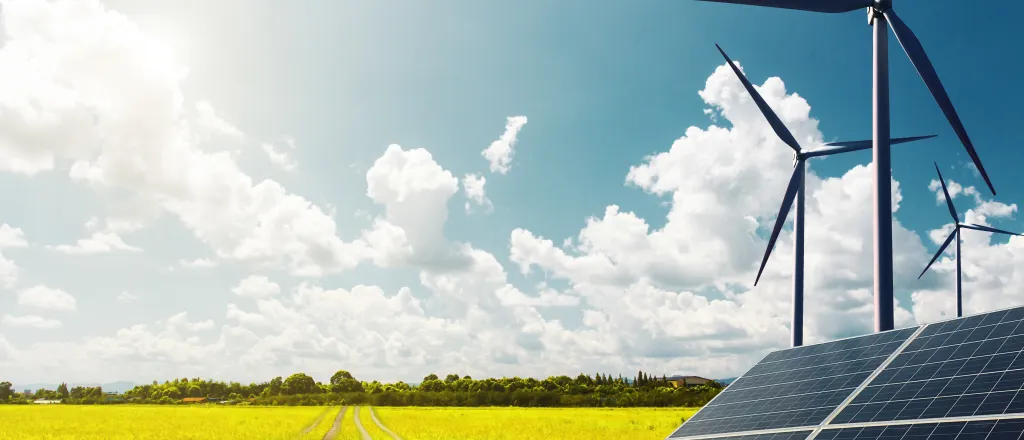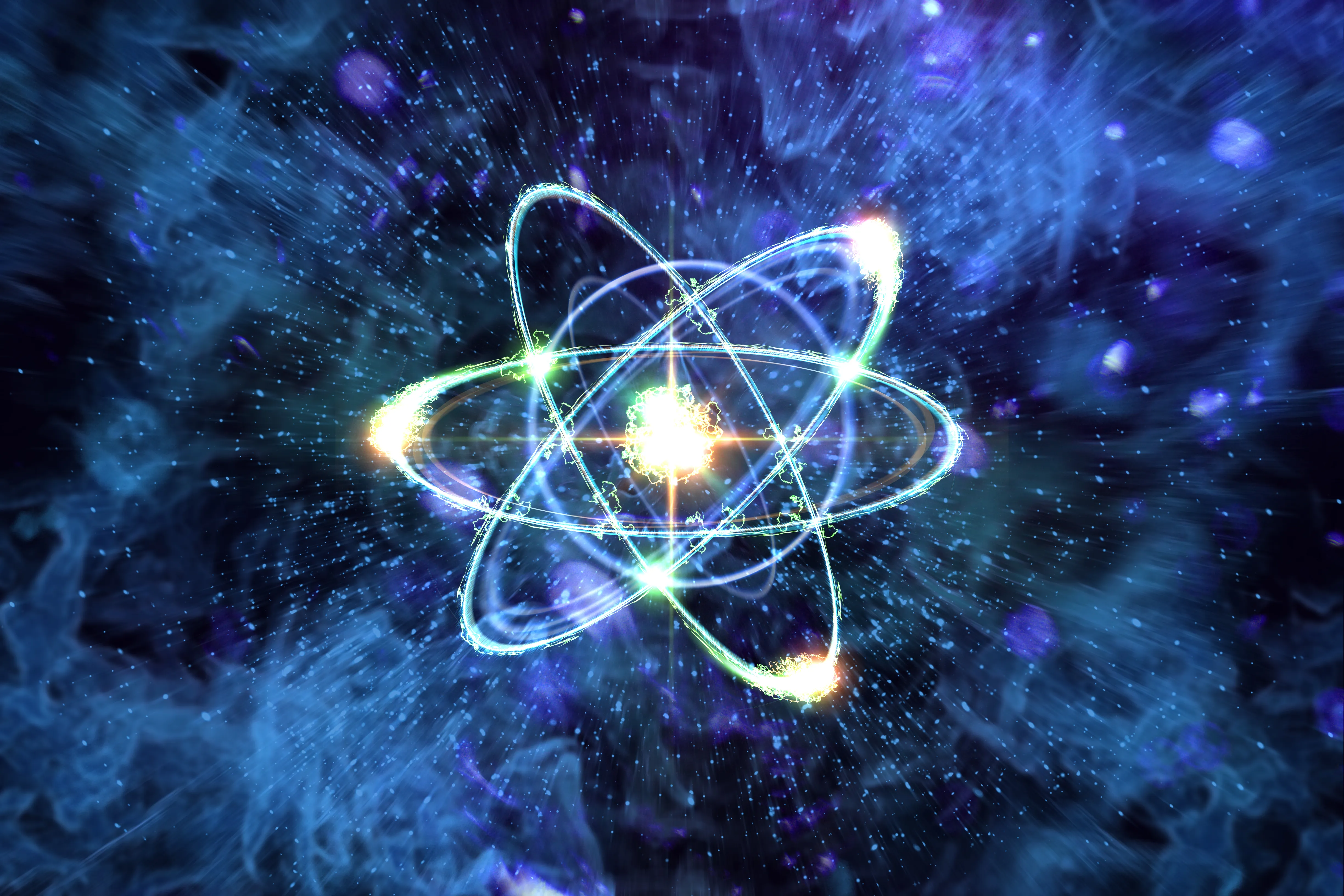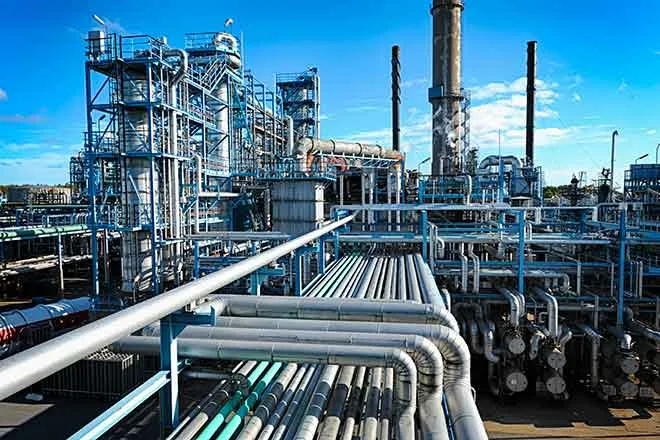
Iowa reaches milestone on wind energy production
(Iowa News Service) Sixty-four percent of Iowa's energy production now comes from wind - a new record for the state, according to the U.S. Energy Information Administration. Green-energy advocates call it a big step along the road to fossil-fuel independence.
Iowa has been a wind-energy leader for decades, but the Iowa Environmental Council Staff Attorney Michael Schmidt said the IEC has a goal of becoming fossil-fuel independent by 2035.
"The energy mix in Iowa has shifted from being dominated more by coal with some natural gas," said Schmidt, "to being dominated by wind with a much smaller fraction of coal and natural gas."
The IEC contends that wind is the least expensive source of energy generation, even without considering tax credits or subsidies, and says it is dramatically lower than the costs of coal - especially when accounting for factors such as human health and crop damage from fossil fuel-based energy production.
Large utility companies such as MidAmerican Energy have entered the renewable-energy marketplace but have not moved completely away from fossil-fuel backups.
Alternative-energy producers have faced stiff challenges in Iowa because the land has traditionally been so valuable for agriculture production.
To even install wind turbines, the land has to have what is known as a low corn suitability ratio, which means the acreage will be more valuable to wind farmers than it is to corn farmers.
Schmidt said public sentiment in the state is finally starting to change as people see the value of clean energy.
"I think Iowans have come together about renewable energy because it provides benefits in rural areas, it provides benefits to customers across the state," said Schmidt. "It has been a great development to have this continued growth in renewable energy. It's remarkable that Iowa has led the way on this for so long even through political change for decades now."
Schmidt said Iowa also will focus on solar-energy production as costs continue to decline, and the state will rely on a mix of alternative energy sources to achieve fossil-fuel independence.

















